A complete guide to Media Release Forms (with Templates)
4 Jan 2023
10 Jun 2022
min read
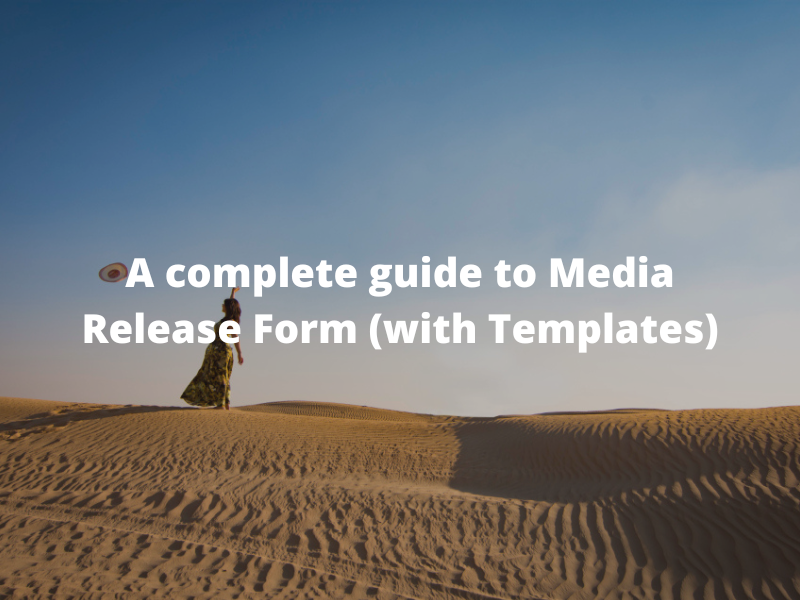
Social media and online news may use a wide range of free and often unauthorised images. While these uses may attract litigation, media release forms may solve this issue. In the following, we will discuss what are media release forms, when to use them and how to draft templates for media release forms for adults and minors. Also we provide templates of podcast release forms, photo release forms and video release forms.
What are media release forms?
Generally speaking, a media release form gives permission to a party (“the releasee”) to reproduce, modify videos, take pictures, print, and record the sound of individual(s) (usually “the releasor”), for commercial purposes.
There are a lot of uses for media release forms. While professional photographers find it easier to attract new clients by reproducing the photos taken for other customers on social media, business owners tend to use the visuals and audio pre-recorded by others to save advertising expenses.
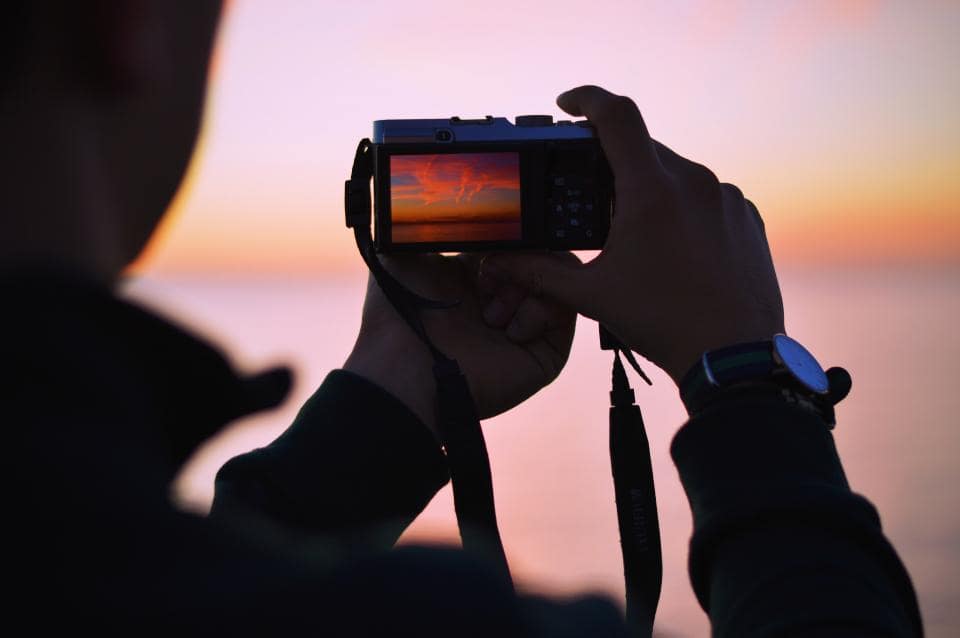
Why do you use media release forms?
- Comply with privacy law
The media release forms prevent the releasee from breaching the privacy law. The forms indicate that the releasor is informed of his/her rights; and he/she willingly gives the releasee footage and photos to the specified extent (e.g. by including wordings like “for an indefinite amount of time”, “waiving the right to any compensation”). It prevents future alleged breaches of privacy rights, in case the releasee wants to display the materials on other platforms.
- Avoid litigations
Media release forms can waive the releasors’ rights to any compensation or claims arising from the use of the photos or videos. This avoids future disputes as to possible revenue sharing derived from the visuals and audio. Without media release forms, oral promises as to the authorisation may not be legally backed, as memory fades. For example, a model orally allows his/her videos to be published by the releasee videographer, who derives substantial revenue out of them. While the parties do not stipulate the use and time length of the photos, the videographer may not resist the compensation claim, due to great uncertainty as to the terms of oral promises.
- Provide proof in litigations
In reality, most cases are resolved outside of court. In extreme scenarios where the parties resort to litigation, the media release form can serve as evidence that the releasor has willingly approved the use of his/her images and videos before their reproduction. It may favour the releasee more.
When do you use (and not use) media release forms?
Any use of images or footage without consent may attract breach of privacy laws. Broadly speaking, if the visuals contain personal data, then you should obtain consent from the individual being recorded or photographed — that’s when you use media release forms.
What counts as personal data? If the information is related to the subject directly or indirectly and allows the others to identify him/her, then it is personal data. In other words, if the subject is blurred or anonymous, media release forms may not be needed depending on the circumstances of each case.
However, the visuals contain identifiable persons most of the time: movie commentators usually insert pictures that feature photos of recognisable faces to illustrate their point, and marketing campaigns clearly display the models’ personal traits. Hence, a media release form may be useful.
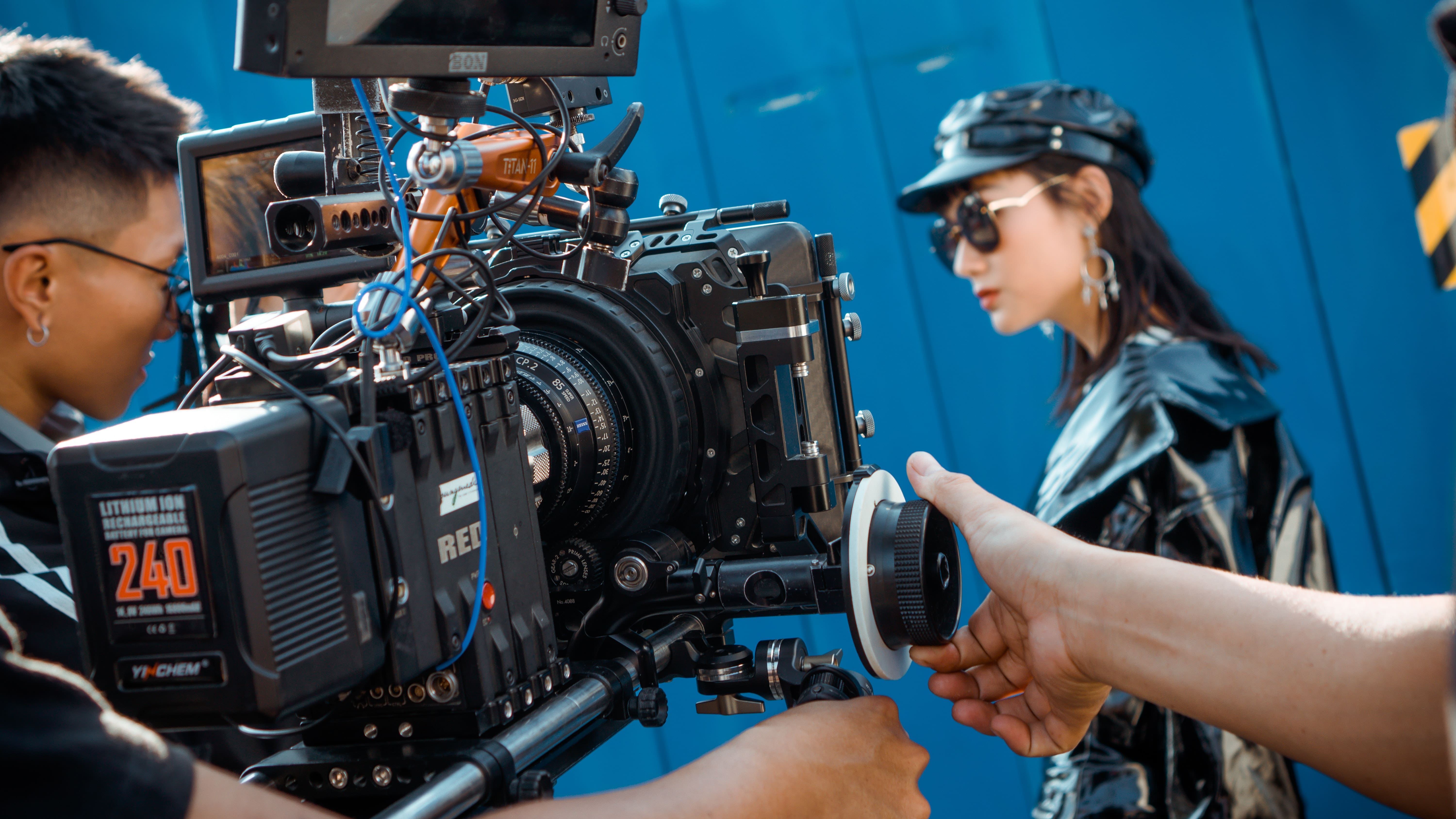
Who are the users of media release forms?
Everyone can be a user if they intend to reproduce the media for commercial use. But here are some examples of the users:
-
- Marketing / Branding in private and public sectors
- Content creators
- Photographers
Writers, commentators, PR specialists on social media and offline platforms are prone to copyright claims as they often need to reproduce others’ work on their platforms. From reaction videos to a simple tribute in a movie, the reproduction of visuals or sounds will impede intellectual property rights if no consent is procured. Photographers may want to reuse the photos taken for customers for future promotion. Additionally, it can show potential customers their skills without incurring expenses in producing more professional shots. Media release forms help photographers retain their rights.
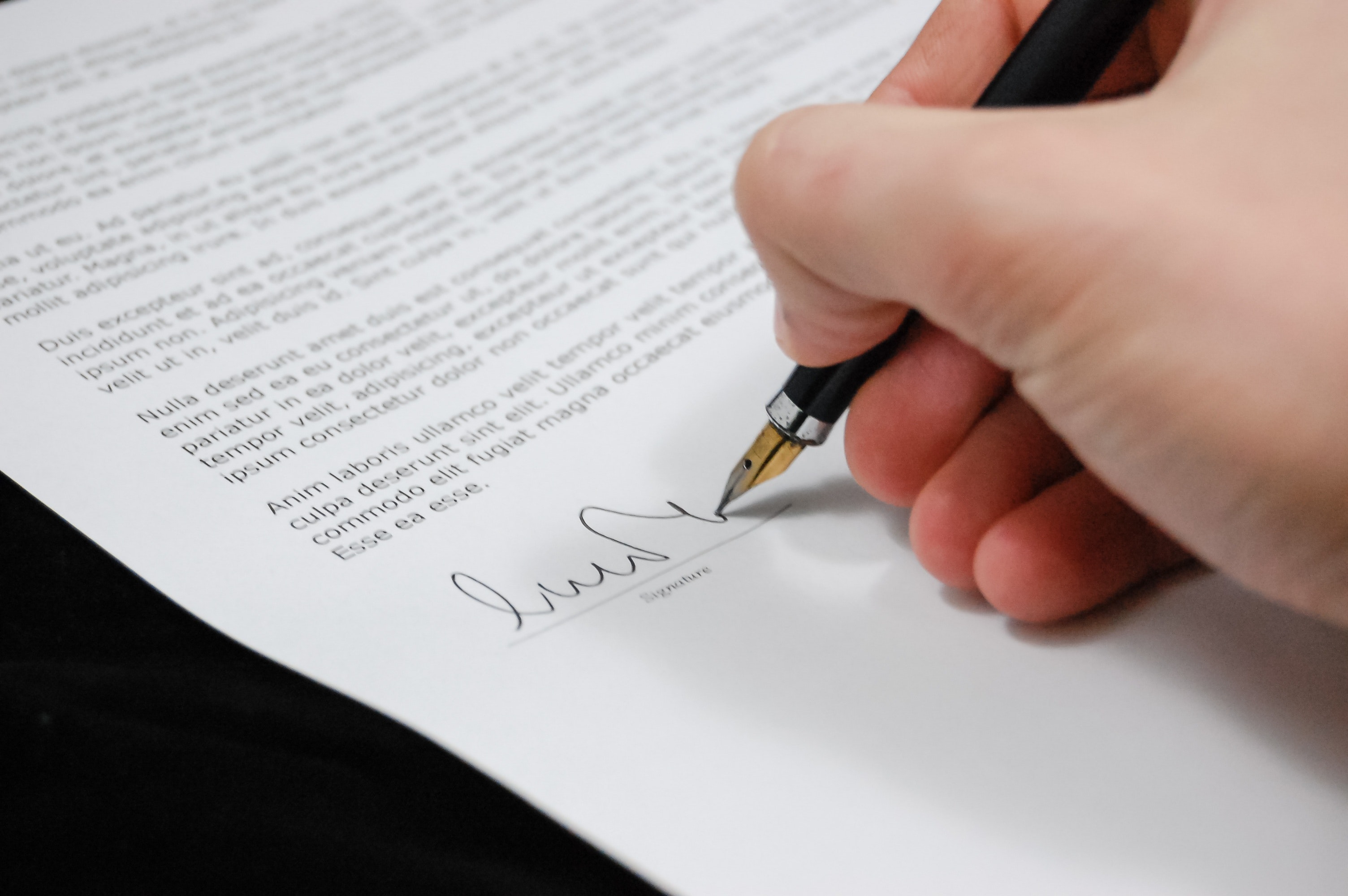
When do you get the media release form signed?
Before you publish the others’ images, videos and audio:
-
- Draft a media release form
- If the individual(s) to be recorded or photographed is an adult, ask him/her to sign the media release form.
- If the individual(s) to be recorded or photographed is a minor, ask his/her parent or guardian to sign the media release form.
- Both parties should sign and return a copy of the form.
What do media release forms include?
A media release form is generally short. Though there is no strict rules for how a media release form should look like, here are some basic features one may specify:
-
- Name and Address of Releasee, and Releasor
In case a parent or guardian is authorising the visuals on behalf of their children, he/she should also include the children’s names and ages in the form.
-
- Type of media and usage of the media
The parties should stipulate the media to be used clearly in the form. Truly, it may be helpful to include all types of media — audio, photos and footage — in the media release form, in case there are other future uses that the releasee cannot envision now (e.g. using the audio alone for a remix in the future).
Additionally, the form should specify how the releasee is going to do with the media. For example, the stipulation that the releasee can edit and enhance the media allows the releasee to maximise the value of materials in different ways. It avoids potential claims related to the use of the materials from arising. A sample clause can be:
‘The Releasor hereby grants and authorises the Releasee the right to edit, enhance, crop, alter, modify, amend, copy or otherwise make use of all photos taken of the Releasor.’
-
- Compensation and length of authorisation
It is crucial to mention the compensation details. Waiver of compensation is commonly seen in a media release form. However, the effect of the clause depends on the drafting because one may derive income in different forms (e.g. commission and royalties). Releasees should stipulate the forms of compensation clearly in the media release form. You may wish to include:
‘The Releasor hereby waive the right to any compensation, including but not limited to any royalties, arising from the use of the video and photos. ‘
As a rule of thumb, there is greater clarity for both parties if the exact forms of compensation can be provided in the media release form. As a result, they can avoid future disputes as to terms.
Releasees are also concerned with how long they can use the images and videos for. While releasees can stipulate a definite time period, it may be safer to say the media release form can continue indefinitely. This gives the releasee greater leeway for possible future commercial opportunities.
-
- Commercial purposes
The releasee can stipulate how the media obtained is to be used (e.g. publish on Facebook). It is understood that a party cannot possibly name all the platforms that the video and picture are to be reproduced on (it is hard to foresee how you will want to do with the materials five years later) — the releasee can insert wordings like “including, but not limited to” to include potential platforms. Again, it is still better if the parties could spell out as many platforms they could come up with.
Please refer to the following sample clause:
‘This grant of authorisation includes publications by the Releasee’s on mediums including, but not limited to, the Internet, e-mail, magazines, flyers, advertisements.’
-
- Effective date
Make sure you put down the date you want this document to be effective!
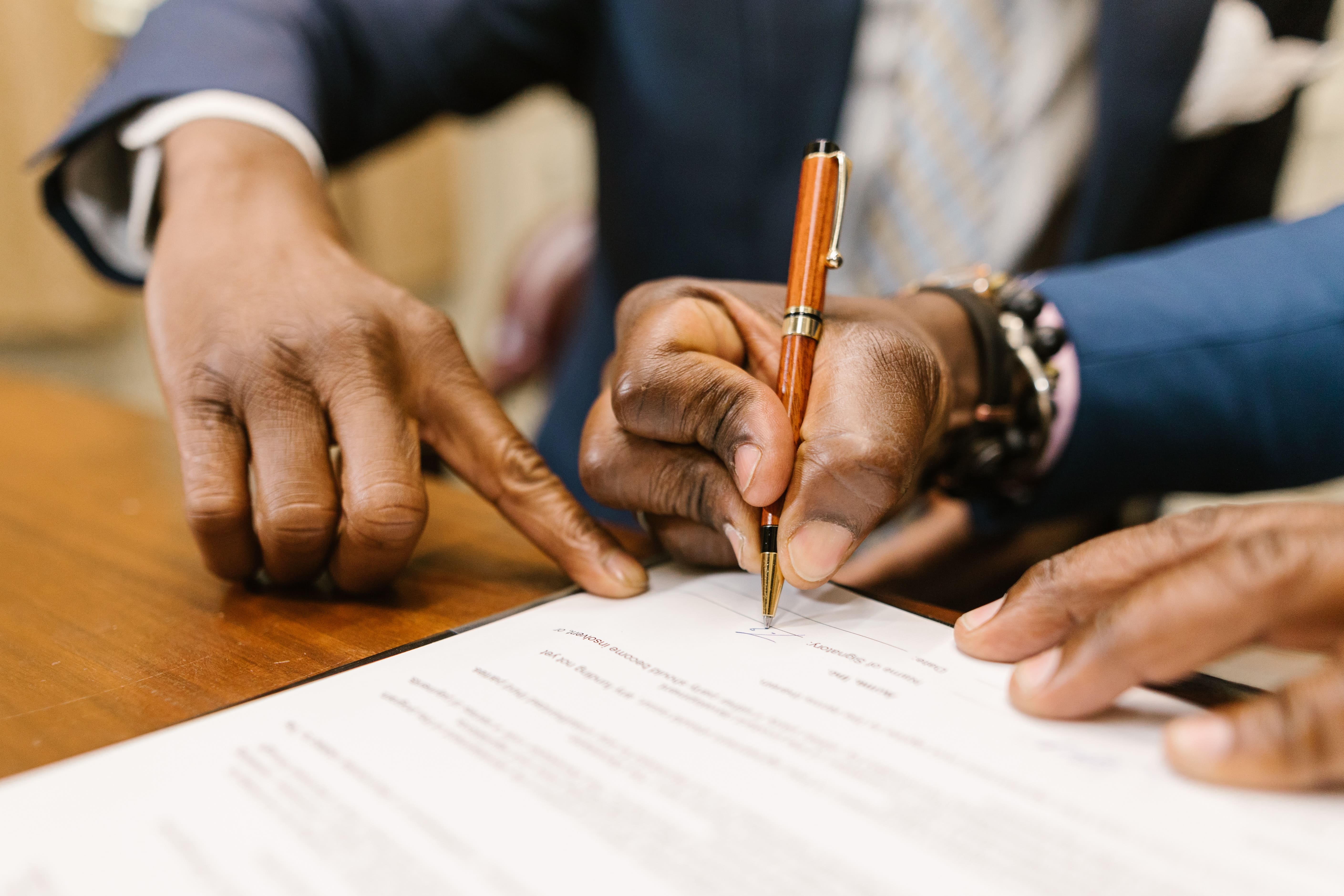
Common types of media release forms (with templates)
Is drafting a good media release form from scratch difficult? We have prepared the following templates for you. The templates below have included all the elements covered in the above section.
1. Media Release Forms
-
- Useful to: general users who need to reproduce any pictures or videos
-
- See our templates here:
Media Release Form (for adults): This is a template media release form for adults. The form is applicable to acquiring both video and images. This Media Release Form is used to obtain the consent of another adult (“Releasor”) to publish particular photographs or video of the releasor for commercial and, or personal purposes. See our template here: https://docpro.com/doc2861/media-release-form-adult
Media Release Form (for children): This is a template media release form for providing consent on behalf of a minor. The form is applicable to acquiring both video and images. This Media Release Form is used to obtain the consent of a parent or legal guardian (“Releasor”) to publish particular photographs or video of the minor for commercial and, or personal purposes. See our template here: https://docpro.com/doc2863/media-release-form-child-1
-
- Effects:
Including both access to video and images, both of the forms above allow the releasee to reuse the visuals and audio — free of charge, for any purpose and an indefinite amount of time.
Notably, the releasor waives the right to any compensation. He or she also grants the releasee to republish the images or videos on any platform. The releasor understands that the mediums granted will be the releasee’s property and will not be returned to them.
Optionally, the parties can provide for the commercial purpose of the video and images in the media release forms.
2. Photo/Video Release Form
-
- Useful to: photographers, marketing, Youtubers
-
- See our template here:
Photo Release Form template is used when photos or images of people are taken, and the photographer wants to publish the images for personal or commercial purposes. Consent through an image release form must be obtained before publishing such images. See our template here: https://docpro.com/doc1946/photo-release-form-image-release-form
Video Release Form template is used when videos of people are taken, and the videographer wants to publish the videos for personal or commercial purposes. Consent through an image release form must be obtained before publishing such images. See our template here: https://docpro.com/doc1956/video-release-form-video-release
-
- Effects:
Both of the forms allow the releasee to reuse the photos or videos (depend on the template you choose) — free of charge, for any purpose and an indefinite amount of time.
Similar to the Media Release Form template, the releasee waives the right to any compensation. He or she also grants the releasee to republish the images or videos on the releasees’ wishes. The releasor understands that the mediums granted will be the releasee’s property and will not be returned to them. In both templates, the usages of the mediums obtained (e.g. modify and enhance) are outlined.
-
- Additional information: You may wish to visit this blog (https://docpro.com/blog87/what-is-a-video-release-form-and-how-to-write-one-with-templates) for more information on video release form.
3. Podcast Release Form
-
- Useful to: Youtubers, podcast hosts, marketing
-
- See our template here:
Podcast Release Form template: This is a template podcast release form for adults only. A podcast release form is used to obtain the consent of another person to record and publish their voice and performance, in the form of a podcast, for commercial and, or other use. Consent, through a podcast release form, must be obtained before publishing such a podcast. It avoids copyright infringement. See our template here: https://docpro.com/doc2092/podcast-release-form-podcast-consent-form
-
- Effects:
The release form allows the releasee individual(s) to reuse the voice and performance recordings for any purpose, anytime and free of charge.
Similar to the Media Release Form template, the releasee waives the right to any compensation. He or she also grants the releasee to republish the images or videos on the releasees’ wishes. The releasor understands that the mediums granted will be the releasee’s property and will not be returned to them.
Conclusion
With a media release form, you (as a releasee) can avoid unintended infringement of intellectual property rights and retain all the revenue arising from the use of the releasor’s images and performances. It also allows you to generate revenue from the materials in future.
Technically, the releasee can insert a clause requiring the releasor to waive all possible claims arising from the authorisation.
We understand that writing a precise and concise media release form is difficult so you can access our comprehensive release forms above!
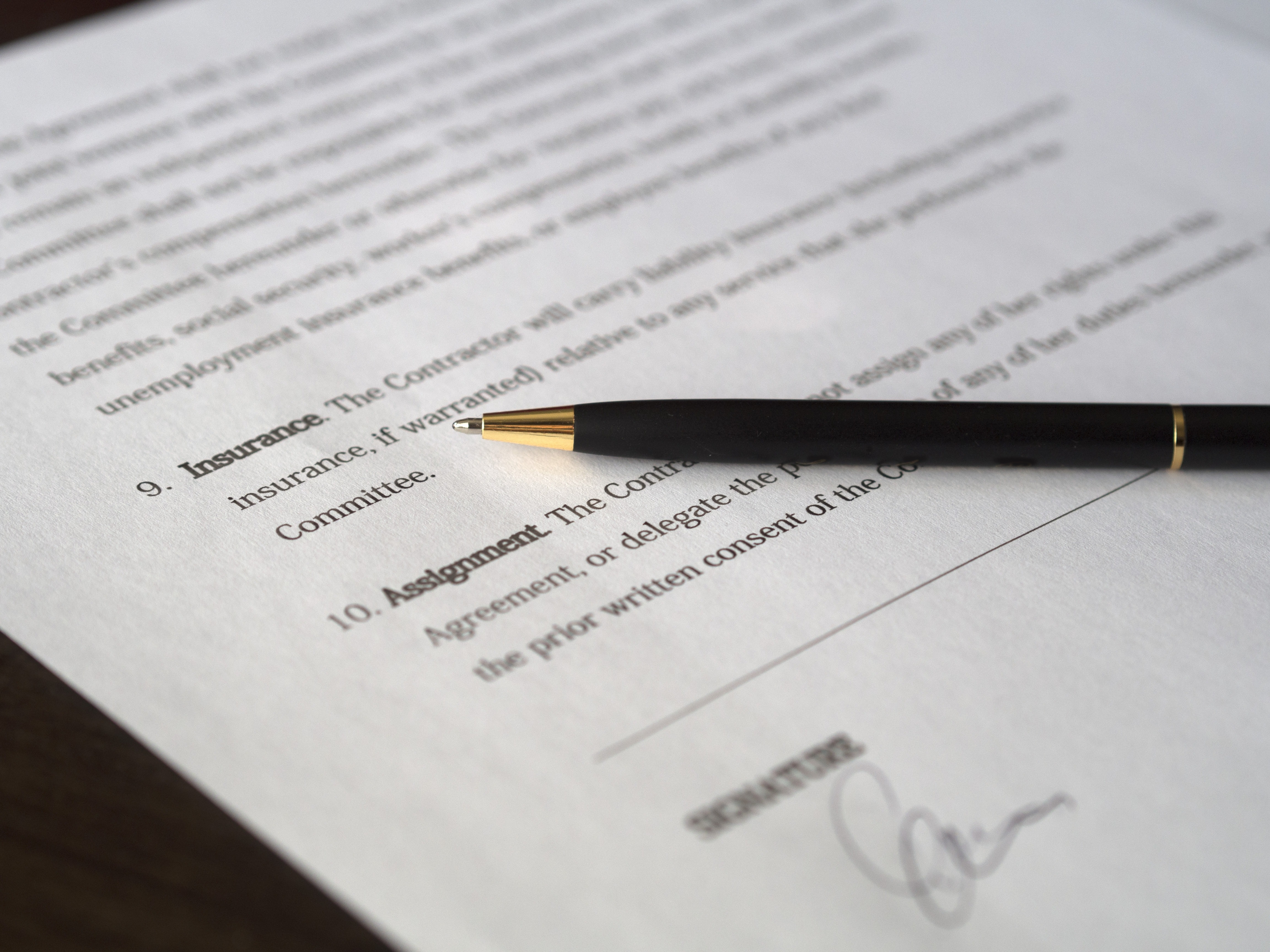
Please note that this is a general summary of the position under common law and does not constitute legal advice. As the laws of each jurisdiction may be different, you may wish to consult your lawyer.
Keywords:
